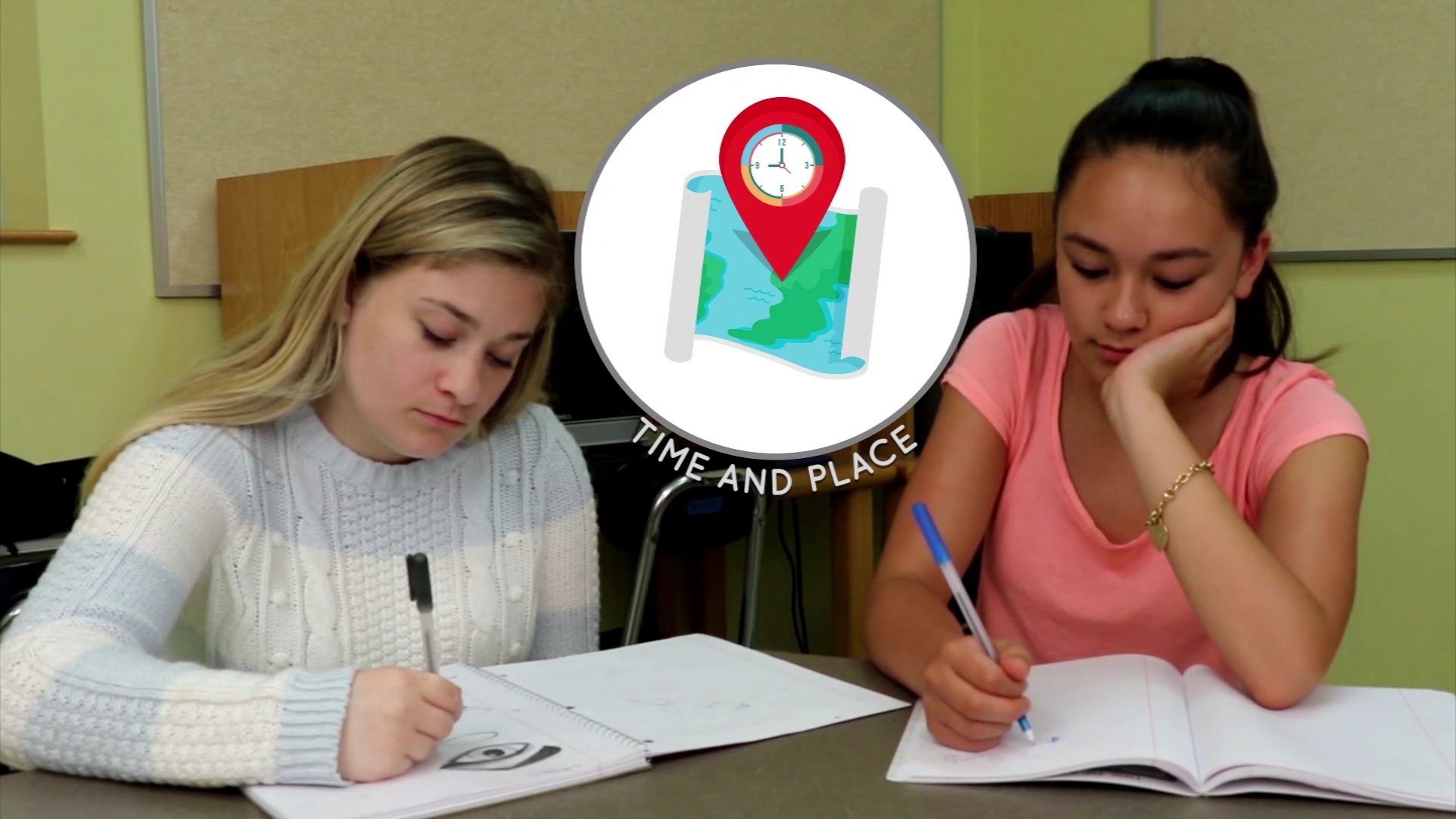
Introduction
In today’s world, it is essential for students to develop a strong understanding of how their actions impact others. This is particularly true for special education students, who may need additional support in developing social-emotional skills. In this blog post, we will introduce an engaging activity called “Two Sides” that helps students learn the importance of matching their actions to the time and place, ensuring they interact appropriately in various social situations. By participating in this activity, students will be better equipped to navigate the complexities of social interactions, making others feel more comfortable and fostering positive relationships.
No-Prep Activity: Two Sides
This activity requires no preparation or materials from the educator, making it an easy and effective way to promote social-emotional learning. To begin, the educator will present students with a series of scenarios in which people are interacting in different situations. For each scenario, students will be asked to determine if the person’s actions were appropriate for the time and place.
For example, the educator might describe a situation in which a student speaks to their teacher using slang words. Students will then discuss whether the student’s choice of words was appropriate for the time and place, considering factors such as the location (in class), the person they were speaking to (their teacher), and the topic of conversation (schoolwork). Through this process, students will learn to think critically about their own actions and how they can adapt their behavior to better match the time and place.
Discussion Questions
- Why is it important to match our actions to the time and place?
- How can we determine if our actions are appropriate for a given situation?
- What are some strategies we can use to adapt our behavior when we recognize that our actions are not appropriate for the time and place?
- How can our actions impact the feelings of others in various social situations?
- Can you think of a time when you adjusted your behavior to better match the time and place? How did it affect the outcome of the situation?
Related Skills
In addition to helping students understand the importance of matching their actions to the time and place, this activity can also support the development of other valuable social-emotional skills, such as:
- Empathy: By considering how their actions might affect others, students can develop a greater sense of empathy and understanding.
- Self-awareness: Reflecting on their own behavior in various situations helps students become more self-aware and able to recognize when they need to make changes.
- Problem-solving: Identifying inappropriate actions and brainstorming ways to adjust them requires critical thinking and problem-solving skills.
- Communication: Participating in discussions about the scenarios and their own experiences helps students practice effective communication and active listening.
Next Steps
Are you interested in incorporating the Two Sides activity and other engaging social-emotional learning activities into your curriculum? We invite you to sign up for free sample materials from Everyday Speech, where you’ll find a wealth of resources designed to support the social-emotional development of special education students. By providing your students with these valuable learning opportunities, you can help them build the skills they need to thrive in today’s world.

